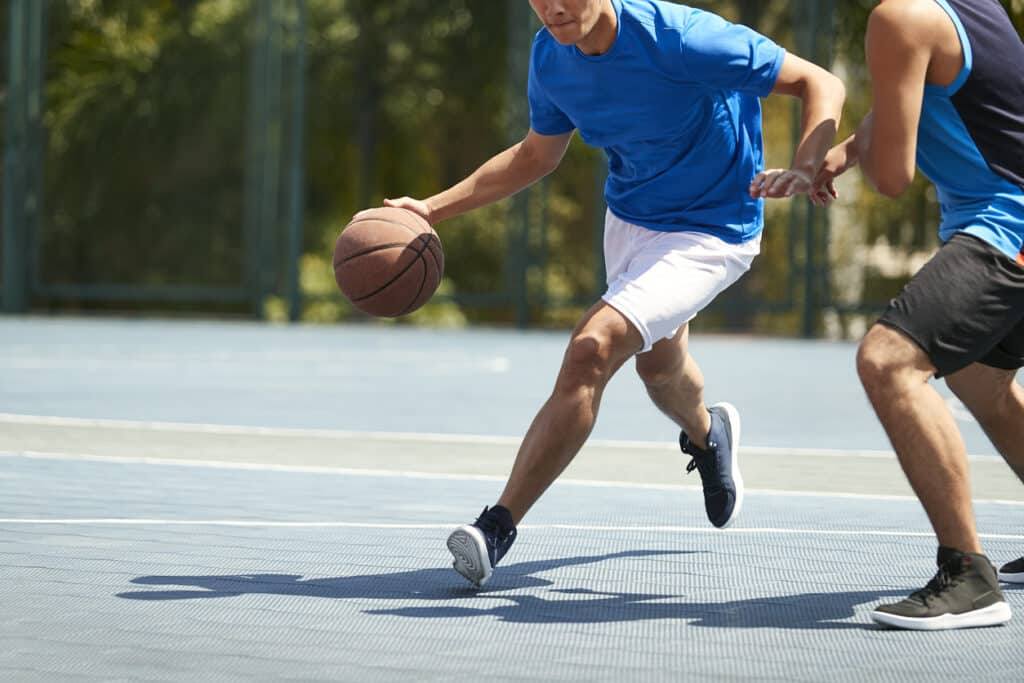
Patellar tendinopathy commonly known as jumper’s knee is a common injury among people who regularly engage in high-impact activities. This condition affects the patellar tendon that connects the kneecap to the shinbone causing pain, tenderness and inflammation. While the symptoms of patellar tendinopathy usually occur during physical activity many individuals wonder if the condition can also cause pain at rest. In this blog post, we’re going to explore whether or not patellar tendinopathy hurts when resting, and what you can do to manage the pain.
When it comes to patellar tendinopathy, the pain is usually most noticeable during activity, particularly jumping and running. However, the degree of pain experienced at rest can vary from person to person. Some individuals may experience mild discomfort or a dull ache in the knee when sitting or lying down, while others may experience no pain at all. Additionally, some individuals may experience more pain at night or during periods of prolonged inactivity.
While resting may provide temporary relief from the pain and inflammation associated with patellar tendinopathy, it’s important to note that complete rest is not always the best option for recovery. In fact, a lack of physical activity can actually lead to further deterioration of the tendon, as it can cause the tendon to weaken and lose elasticity. This is where the guidance and treatment from chiropractors or physiotherapists come into play.
Chiropractors and physiotherapists play a vital role in the recovery process for those with patellar tendinopathy. By designing an exercise program that includes targeted stretches and strengthening exercises, they can help individuals manage their pain while also improving the strength and flexibility of the affected area. In addition to exercise therapy, techniques such as massage, acupuncture, and ultrasound therapy may also be used to help reduce inflammation and promote healing.
If you’re experiencing pain from patellar tendinopathy, it’s important to take steps to manage your symptoms. Resting the affected knee can provide temporary relief, but it’s important to seek guidance from a healthcare professional to develop an individualized treatment plan that will help you properly recover. With a combination of exercises, techniques, and careful management of physical activity, it’s possible to recover from patellar tendinopathy and get back to the activities you enjoy.
In the meantime, there are also some steps you can take at home to manage your symptoms and reduce pain. Simple things like icing the affected area, elevating the leg, and using over-the-counter pain medications can help reduce inflammation and provide temporary relief. It’s also important to avoid activities that aggravate your knee pain, such as excessive jumping or running.
In conclusion, whether or not patellar tendinopathy hurts when resting depends on the severity of the injury and the individual. While rest may provide temporary relief, it’s important to seek guidance from a healthcare professional and develop an individualized treatment plan that includes exercise therapy and other techniques to manage the pain and promote healing. By taking an active approach to recovery and carefully managing physical activity, it’s possible to recover from patellar tendinopathy and get back to doing what you love.
If you have any questions or would like to explore further, please book a free, no-charge online appointment with either myself, Dr. Tyler Baron, BASc, DC or another Kitchener chiropractor in Kitchener or Waterloo at CARESPACE. We are happy to listen and are here to help!

